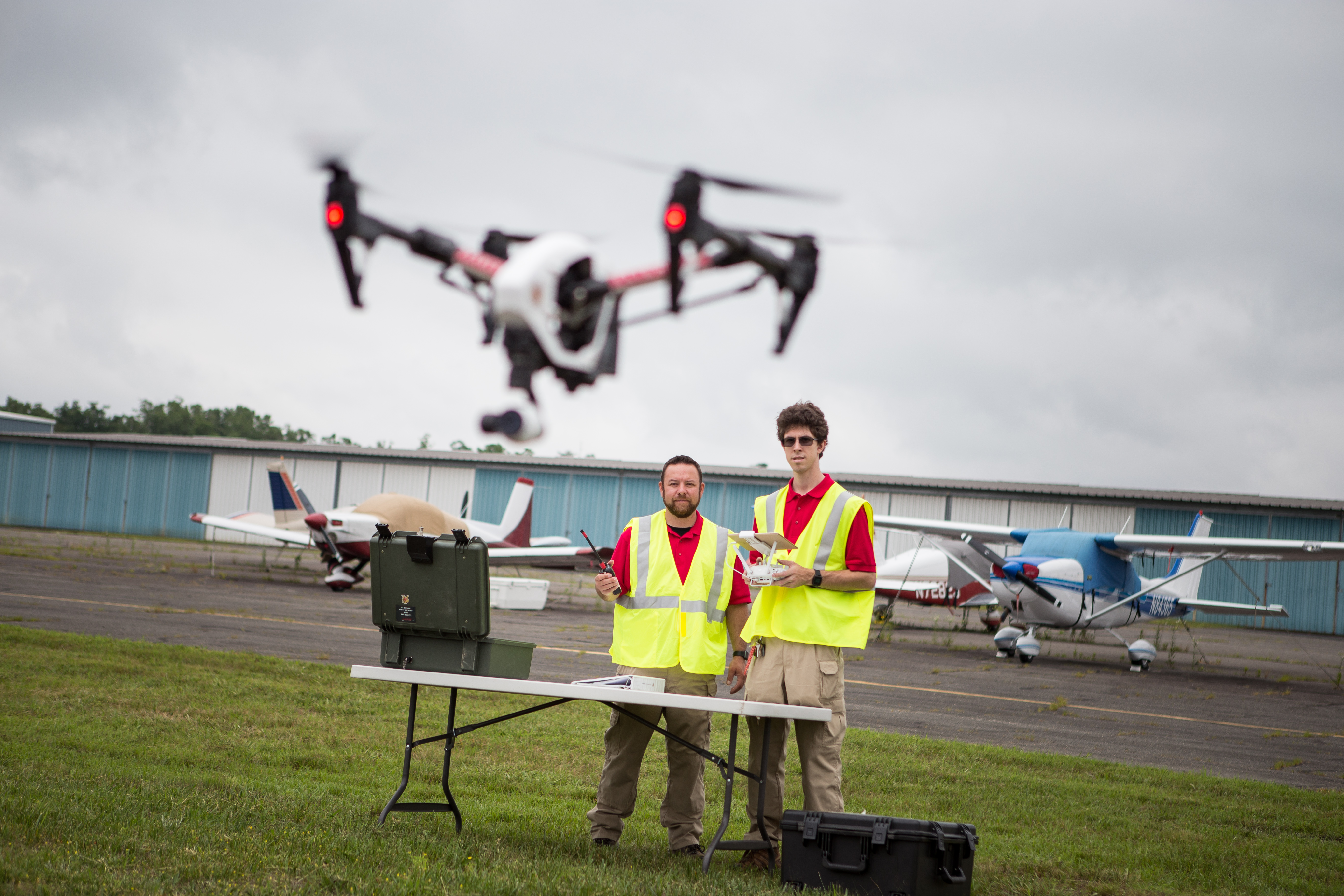|
|
| *Commonly satisfied via AP credits | |
Aerospace Engineering
The Department of Aerospace Engineering features state-of-the-art laboratories such as hypersonic wind tunnels and a neutral bouyancy facility. Our faculty and students contribute to key research areas by examining structural mechanics and composites, rotorcraft, space systems, and more.
Subdisciplines
Students in Aerospace Engineering can choose between five subdisciplines to tailor their interests and learning experiences.
- Aerodynamics
- Flight Dynamics and Control
- Propulsion
- Materials and Structures
- Systems Design
Aerospace Curriculum
All first year Clark School students participate in Keystone courses to begin their engineering experience. Class activities include building your own prototype over-sand vehicle and testing it on a 60 foot course. Working in teams to complete a hands-on engineering project in year one builds fundamental skills and knowledge you'll use throughout your engineering journey.
Students take at least one aerospace course every semester. ENAE100 and ENAE200 provide a practical introduction to aerospace engineering, research experience in faculty laboratories, and useful academic tools and resources.
All students will also complete a two term aeronautics or astronautics senior design project. These projects require students to orally present and defend their design contributions at Preliminary Design Review (PDR) and Critical Design Review (CDR) milestones.
CDR’s are evaluated by faculty as well as members of our Advisory Board and other invited aerospace professionals. Our senior capstone classes participate in national design competitions such as NASA’s Revolutionary Aerospace Systems Concepts (RASC-AL), AIAA’s Design Build Fly, and the Department of Energy's Collegiate Wind Competition.
Aerospace Curriculum by Year
First Year
Second Year
|
|
Third Year
|
|
| Italics indicate courses in the air track or space track | |
Fourth Year - Air Track
|
|
Fourth Year - Space Track
|
|
The University also requires General Education requirements, usually taken one per semester over four years.
Accreditation
The Bachelor of Science in Aerospace Engineering degree program at the University of Maryland is accredited by the Engineering Accreditation Commission of ABET, https://www.abet.org, under the General Criteria and the Aerospace Engineering Program Criteria.
Top
